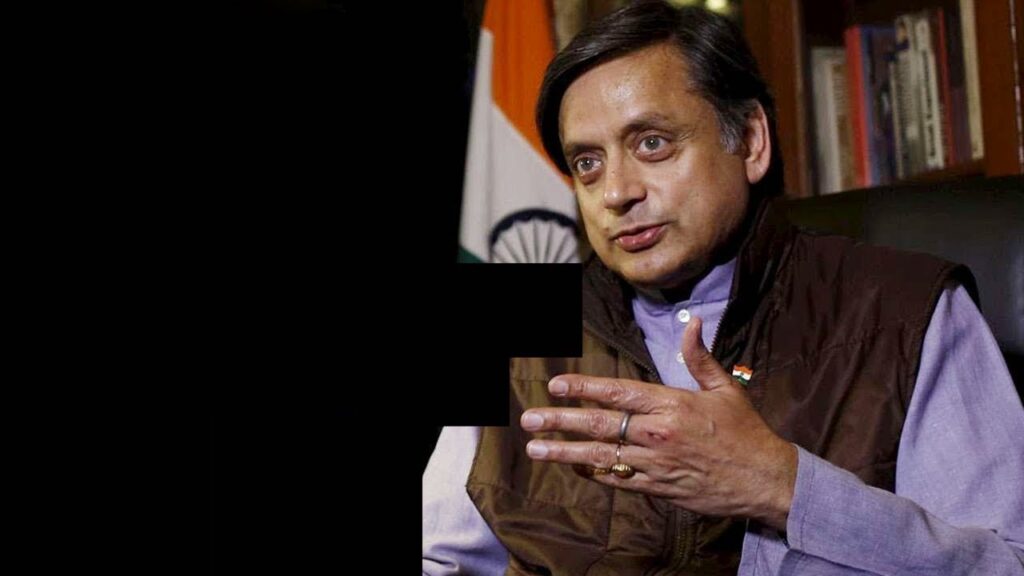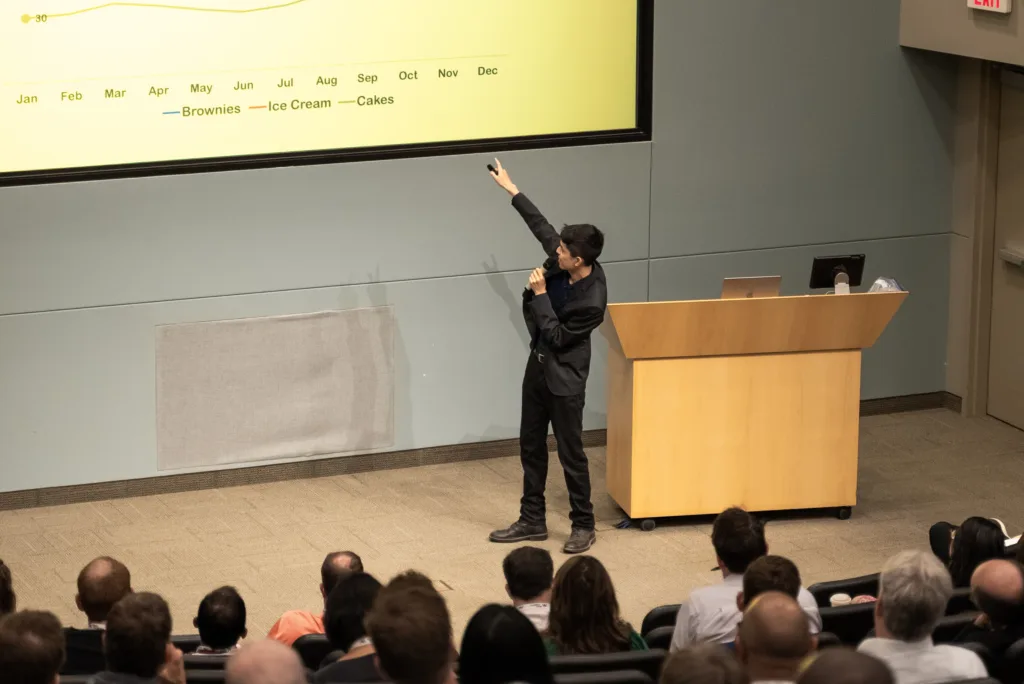Audiences crave novelty. That’s why stories with their ever-evolving narratives are such a compelling presentation device. Lists of facts, on the other hand, are often monotonous, predictable, and easily forgettable. Would you rather listen to:
“John works at the museum during the night, the school during the day, and owns a craft business on the side.
Or:
“John works the museum night shift and school day shift back-to-back from 2AM-2PM. He also owns a small craft business to earn some extra income, but it’s still not enough to comfortably support his family. No matter what, he makes sure to be available at dinner time so that his wife and three kids can spend at least an hour of quality time together.
Although it takes more effort to compose and time to deliver, the story is more memorable to the audience because it shares the same information in an emotionally engaging way. In fact, a 1969 study at Stanford found that 93% of students who memorized a list of nouns by constructing a story were able to recall it later. By contrast, only 13% of students who studied the same lists through rote memorization, were able to do the same.
Sometimes, however, it is necessary to give information in the form of a list. If that is the case, how do you make it as emotionally engaging as a story? In this post, we’ll break down how Dr. Shashi Tharoor used the following techniques to do so in his famous speech to Oxford Union in 2015:
- Emphasis
- Pause
- Colorful Language
- Stream of Consciousness
1. First Example
Tharoor was the seventh speaker in a debate about whether Britain should owe reparations to its former colonies. In the following clip he addresses a point made by the first speaker, Mr. Lee, who claimed it was impossible to quantify the damage to India’s economy under colonialism. As you watch, take note of how Tharoor delivers the following lines:
Emphasis in bold:
“One sixth of all the British forces that fought in that war were Indian”
“Fifty four thousand Indians actually lost their lives in that war”
Colorful language in grey highlight and pauses as ellipses (…):
“Indian taxpayers had to cough up a hundred…million…pounds…in that time’s money”
Presentation Clip 1
Lists are often boring because they lack variety. Once you start reading off the list, the audience knows exactly how the rest of the sentence will be structured and immediately loses interest – unless you make the details interesting. Changing the volume of your voice (emphasis) or changing the timing of your delivery (pause) can draw attention to important words. Changing your typical word choice can also highlight meaningful phrases. Throughout the clip, Tharoor keeps the audience engaged through variance of his tone, cadence, and word choice – almost as if he is telling them a story.
2. Second Example
In the clip below, pay attention to these additional instances of emphasis and pause:
Emphasis in bold and pauses as ellipses (…):
“Six hundred…thousand rifles and machine guns”
“42 million garments…were stitched and sent out of India”
Presentation Clip 2
The clip above also employs another presentation technique for embellishing delivery of a list: stream of consciousness. In order to keep the audience’s interest, Tharoor breaks away from the pattern he has established of reading statistics about the war, and says the following as if off the top of his head:
Stream of Consciousness in parentheses ():
“And…1.3 million Indian personnel served in this war. (I know all this because of course the commemoration of the centenary has just taken place)”
Notice how his delivery of the last sentence becomes immediately more quiet, almost contemplative. It is not another quantitative statement about the tragedy of the war. Instead it is a pensive, qualitative statement about how recent the war is in our culture’s living memory. It is powerful because it changes tone, cadence, and word choice all at the same time, and speaks directly and intimately to the audience.
3. Third Example
Watch the clip below and see if you can point out instances of emphasis, pause, colorful language, or stream of consciousness:
Presentation Clip 3
Emphasis below in bold. Note that Tharoor delivers the word “animals” with emphasis, but in a way that sounds like a question. This again effectively engages the audience with variety in tone:
“India had to supply one hundred seventy three thousand animals(?)”
“Three hundred and seventy million tons of supplies
Stream of Consciousness in parentheses () and pauses as ellipses (…):
“The total value of everything that was taken out of India (and India by the way was suffering from recession at that time and poverty and hunger), was…in today’s…money…eight billion pounds”
Stream of consciousness breaks from the list pattern to add structural variety, but also places additional stress on how degrading British rule was to India’s economy. Emphasis and pause are once more used to great effect in order to highlight the magnitude of that degradation.
4. Fourth Example
In this last clip, Tharoor is about to begin going down a new list of losses for World War II, but stops after the first item (2 and a half million Indians in uniform). The reason for this is unclear – it may have been because he sensed the audience was growing tired of hearing the numbers. Or, he may have anticipated that they would be, and consequently not prepared any further numbers to cite in his speech. Regardless of the reason, it is a wise move that avoids tiring the audience and gets to his final talking point more quickly.
Presentation Clip 4
Emphasis in bold and pauses as ellipses (…):
“Second World War…it was even worse – 2 and a half million…Indians in uniform. I won’t belabor the point, but of Britain’s total war debt of 3 billion pounds in 1945 money, 1.25 billion was owed to India and never…actually…paid”
Summary
When creating your own presentation, follow these tips to achieve Tharoors’ masterful delivery of information:



